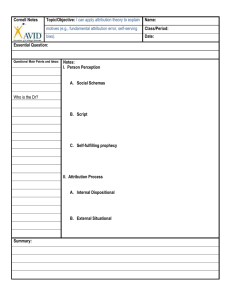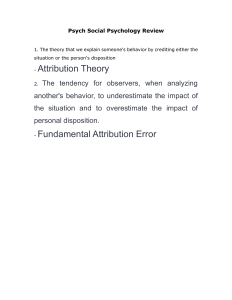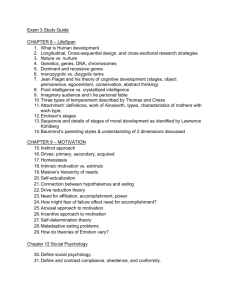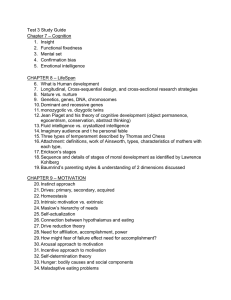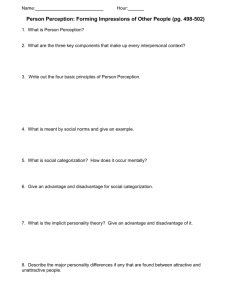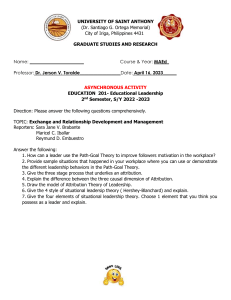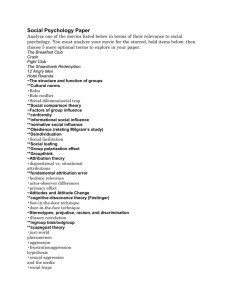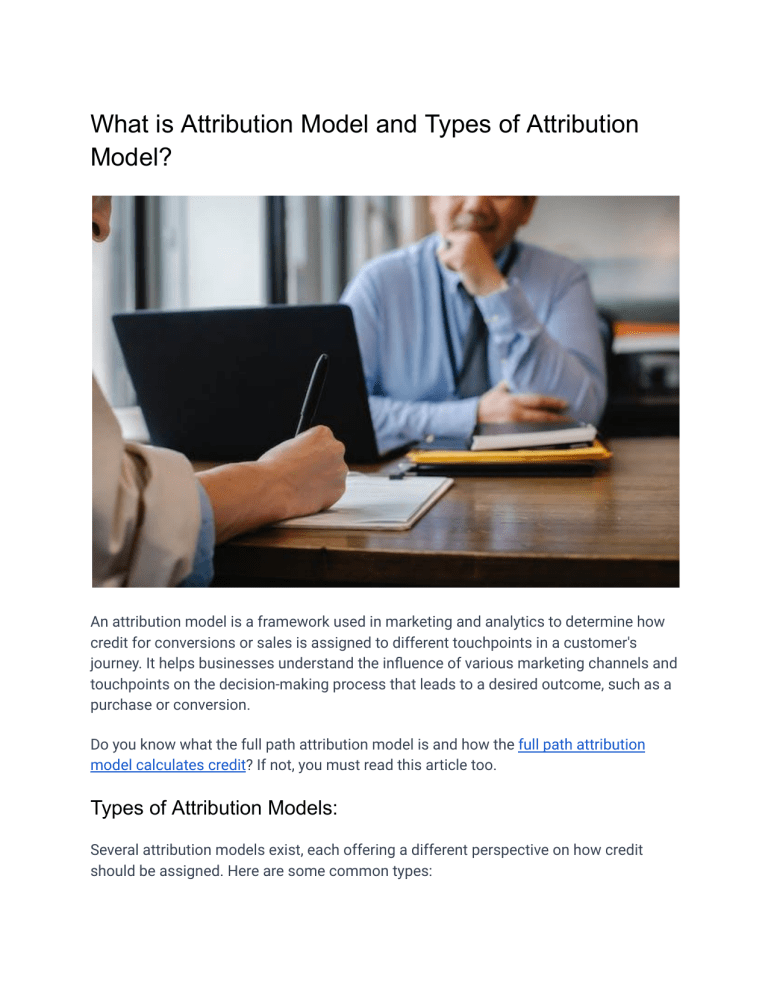
What is Attribution Model and Types of Attribution Model? An attribution model is a framework used in marketing and analytics to determine how credit for conversions or sales is assigned to different touchpoints in a customer's journey. It helps businesses understand the influence of various marketing channels and touchpoints on the decision-making process that leads to a desired outcome, such as a purchase or conversion. Do you know what the full path attribution model is and how the full path attribution model calculates credit? If not, you must read this article too. Types of Attribution Models: Several attribution models exist, each offering a different perspective on how credit should be assigned. Here are some common types: First-Touch Attribution: Credits the first interaction a user has with a brand as the primary driver of a conversion. Useful for understanding how awareness is generated and for evaluating the effectiveness of top-of-funnel marketing efforts. Last-Touch Attribution: Credits the last touchpoint before a conversion as the most significant. Provides insight into the final step that led to a conversion. Commonly used for understanding the impact of closing efforts. Linear Attribution: Gives equal credit to each touchpoint in the customer journey. Useful for businesses that believe each touchpoint contributes equally to the conversion process. Offers a balanced view of the customer journey. To read the full answer on how linear attribution model calculates credit, read this article. Time-Decay Attribution: Assigns more credit to touchpoints closer in time to the conversion event. Reflects the idea that interactions closer to the conversion are more impactful. Useful for understanding the timing of touchpoints in the decision-making process. Position-Based (U-Shaped) Attribution: Gives more weight to the first and last touchpoints, with some credit distributed to the interactions in between. Recognizes both the initial awareness-building and the final closing efforts in the customer journey. Algorithmic Attribution: Utilizes machine learning algorithms to analyze historical data and determine the relative importance of each touchpoint. Well-suited for complex, data-rich environments where manual rule-based attribution may not capture the intricacies of user behavior. Custom Attribution Models: Businesses can create their own attribution models tailored to their specific needs, combining elements of existing models or introducing unique rules. Useful when standard models do not fully represent the nuances of a particular business's customer journey. Choosing the most appropriate attribution model depends on the nature of the business, the industry, and the specific goals of the analysis. Many businesses use a combination of attribution models or employ data-driven methods to gain a comprehensive understanding of how marketing efforts contribute to conversions over time.
